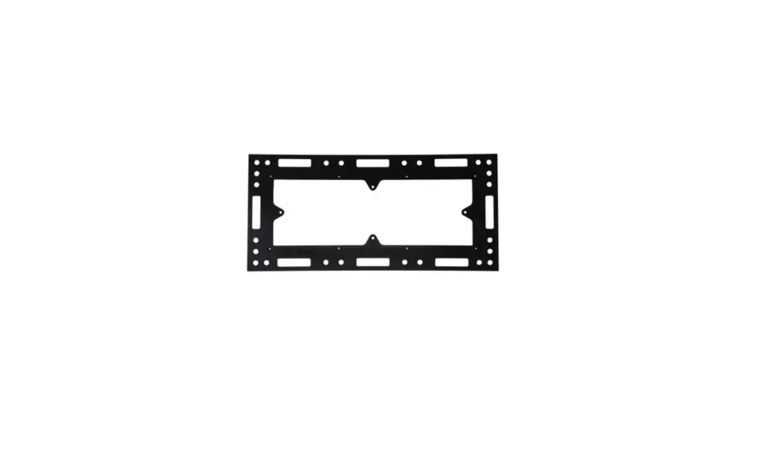Floor vents are home decor legends, but not in a diva kind of way. They’re more the behind-the-scenes heroes. They get the air moving, they save energy, and even give your floors a little style. And choosing the right material is not just for looks—it’s about longevity, minimal maintenance, and getting some brownie points for sustainability in your home. Who knew vents were so much work?
Important Factors to Consider When Selecting Floor Venting Components
Choosing the best floor venting products is not just a function of airflow—it’s a search for that perfect union of form and function, along with the adaptation of your home environment and Mother Nature.
Impact of Climatic Conditions on Material Longevity
The geographical location of your home can be a determining factor in the functional effectiveness and longevity of most floor vent materials. Metal vents, for instance, are so rugged that they are the MVPs of humid or extreme climate homes. And in the case of cold climates, hardwood vents are the MVPs at keeping the warm air contained. Whatever you do, though—do it without introducing moisture into the mix. Utilize material that is impervious to the wet, or you will end up with vents that crumble and air that’s not so fresh.
Considerations for Aesthetic Coherence
Floor vents do not just have to blow air but blow you away with their flawless compatibility with your home’s looks. For instance, if you’re a modern minimalist homeowner, then metal vents in metallic finishes with powder finish coating will be the perfect fit. Traditional homes, on the other hand, are compatible with custom wooden vents that match the flooring material. By paying attention to the compatibility of looks, floor vents can become more than just a necessity—they can be a deliberate design choice.
Collection of Dirt and Maintenance Efforts
Baseboard vents also seem to collect dust, dirt, and even pet hair at times, so cleanliness is a factor. Metal vents, particularly those with removable grates, are a snap to clean or vacuum. Wooden vents, while aesthetically pleasing, may need special handling to prevent scratches and damage. If you desire low-maintenance materials, choose those with polished surfaces and fewer details.
Increase in Demand for Eco-Friendly and Energy-Efficient Floor Vents
Given that homeowners persist with the option of using cleaner, greener solutions, materials that increase floor vent efficiency are in hot demand. Recycled metal is gaining popularity because it has the double benefit of being waste-reducing and extremely durable. Aluminum, a common material used for vent covers, is rust-resistant, lightweight, recyclable, and environmentally friendly.
If you choose wood vents, select ones made from FSC-approved wood for responsibly sourced materials. You can further augment energy efficiency by configuring smart vent systems. With adjustable vent covers, you can control airflow directions, ensuring heating or cooling energy is distributed perfectly. This approach not only conserves utility costs but also avoids wasting energy, qualifying your home as more environmentally friendly.
Getting a Balance Between Appearance and Purpose
While not the central point of your home, floor vents play an important role in effective ventilation while adding some stylistic glitz. Choose vent materials that are weatherproof, suit the ambiance of your home, and keep your energy bills under control. Why shouldn’t your venting system be both smart and stylish?
Whether you’re planning a remodel, a new build, or just an upgrade, it’s worth taking a step back to examine your options. The right choice will deliver quiet performance, enhance your home’s structure, and make a world of difference.
